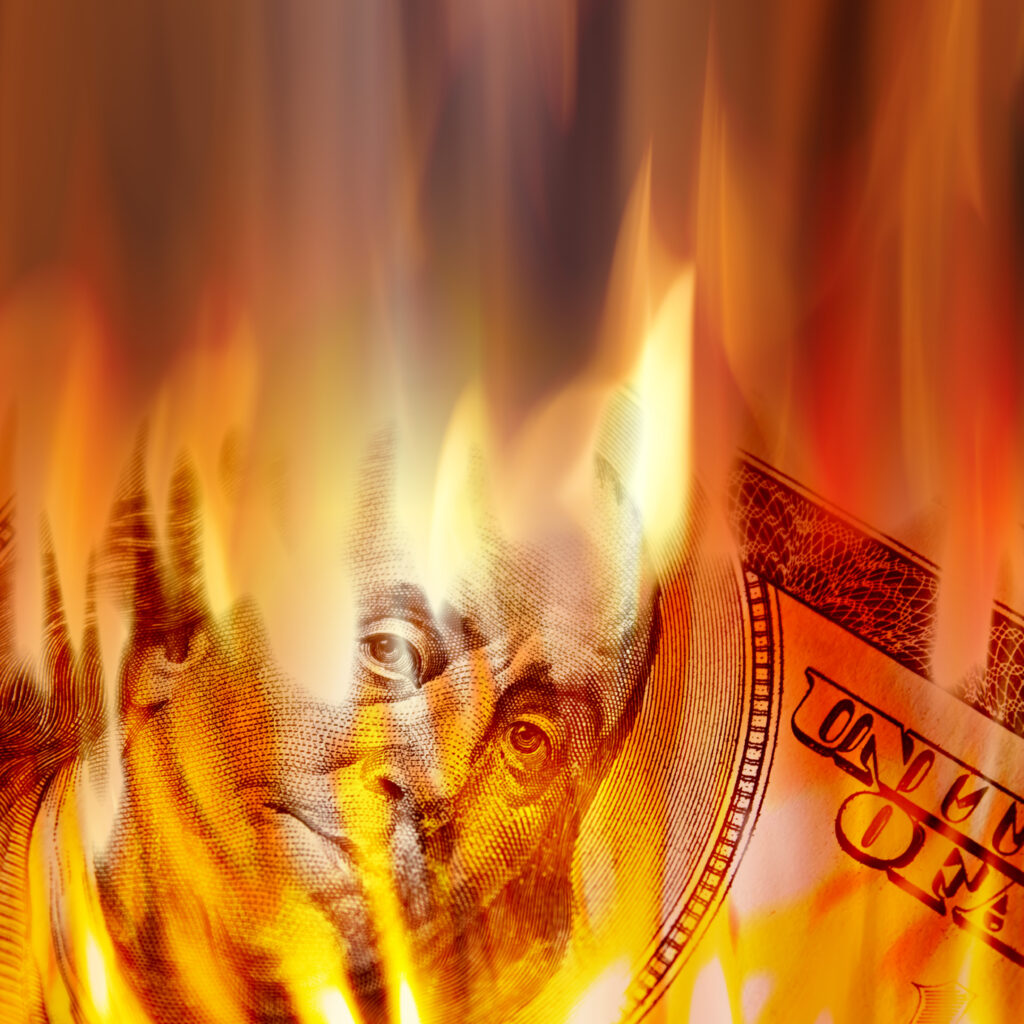What Credit Cards Tell Us About Our Economy
The United States is a debt based economy, meaning that our GDP is largely dependent upon borrowed money. As Ray Dalio put it, “One man’s debt is another man’s income.” Reason being is that we borrow and spend more than we earn. Increased borrowing equals increased spending, increased spending equals increased income. The most common type of borrowing is via credit cards. Thus, credit card usage can be a very telling sign as to where we are in the economy. Credit card balances, available credit and percentage of defaults paints a pretty clear picture.

Credit card balances tell us approximately how much one’s spending above what they earn. In the past 18 months as inflation increased and there was no new stimulus money issued out, it became difficult for many to maintain their cost of living. I’d be remised if I didn’t include that many increased their standard of living during the easy money times of 2020 and 2021. Now trying to maintain that same lifestyle without stimulus money has resulted in charging up credit cards.
Swipe, swipe and swipe some more until you find yourself overextended and struggling to pay the bill. As it stands today, credit card balances are the highest they’ve ever been in history. This means that consumers are getting closer to maxing out their cards. The closer one gets to his or her credit limit there’s a high probability that the card issuer will lower their credit limit, causing a credit score decrease for the borrower, which will make it harder for them to obtain new credit.
As credit becomes less accessible, the consumer will have no choice but to cut back on expenses. The cut back in expenses will result in less cash flow for any business the consumer frequented. This of course means less income for those businesses, which may result in the business having to make a few expense cuts of their own.
To add insult to injury or inflation to rate increases, there’s the added fun of having to make larger credit card payments on the same debt. That’s right! Those holding variable rate credit cards may soon, if not already, find their credit card payments have increased dramatically. This is because variable rate credit cards are based on the Fed Rate. As the Fed Rate increases, so will the rate of interest on your credit card.
If you were struggling to make the payment already, this could certainly tip the scales further out of your favor. For tips on how to mitigate your credit card debt in a way that increases your credit score, check out the previous article titled, “Variable vs. Fixed Rate Credit Cards.” Credit card defaults are on the rise. This means that the process of heading towards recession is already under way.
Why did I jump from talking about credit cards to talking about recession. If you remember the opening paragraph, debt is the driving force behind our economy. If we lose the ability to borrow, it has a negative impact on the strength of our economy. Please ignore everything you hear about a soft landing and focus on money supply. Money supply is the determining factor.
The Federal Reserve is raising interest rates and at the same time inflation persists. This means some consumers will eventually have to tap out as we’re getting squeezed on both ends. Because one man’s debt is another man’s income (or woman) there will be a gradual waning in the economy, until the Federal Reserve reverses course and starts making money cheaper and more accessible. They can’t do this until inflation is under control.
Are you starting to see the big picture? I truly hope so, as it will affect everyone, whether you have credit card debt or not. The best way to prepare for an income in recession is to have cash, great credit and income. If you have three things, you’ll find opportunities in a recession. If you lack those three things, you’ll provide opportunities in a recession. My hope for you is that you are the former rather than the latter as the writing is on the wall.
By: Eric L. Lipsey




